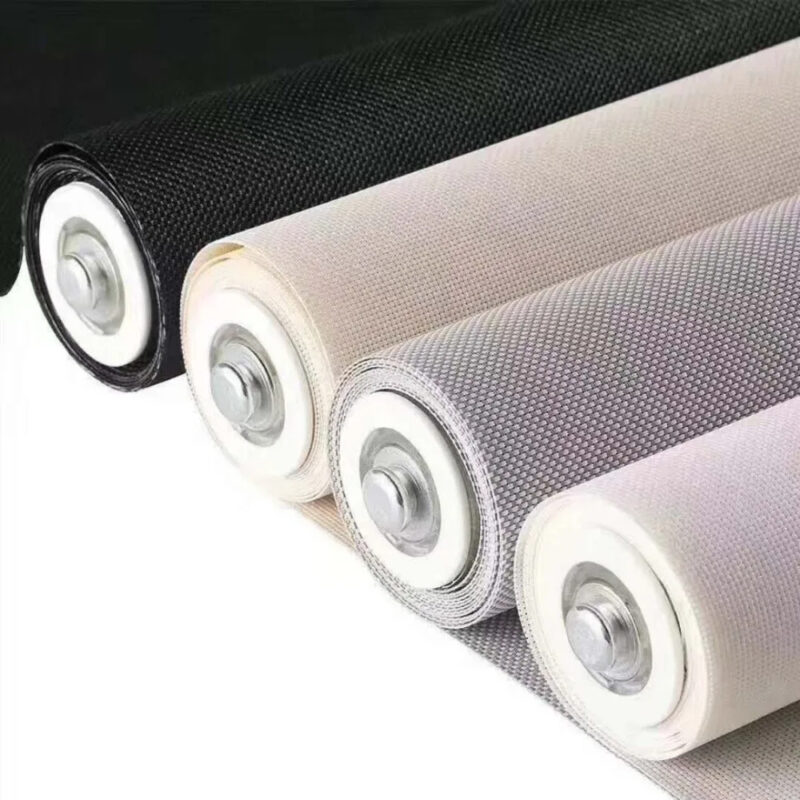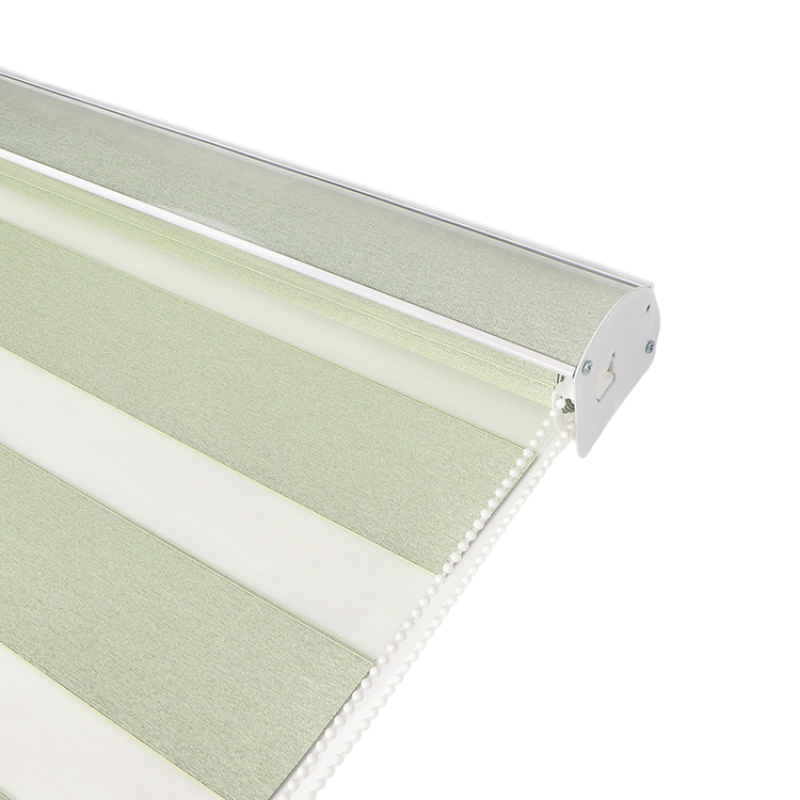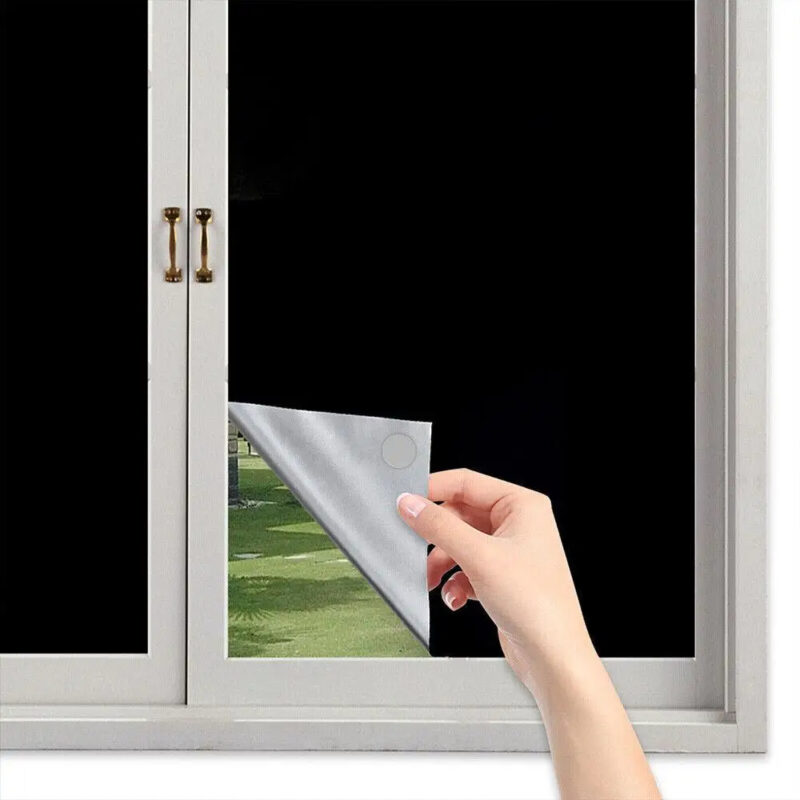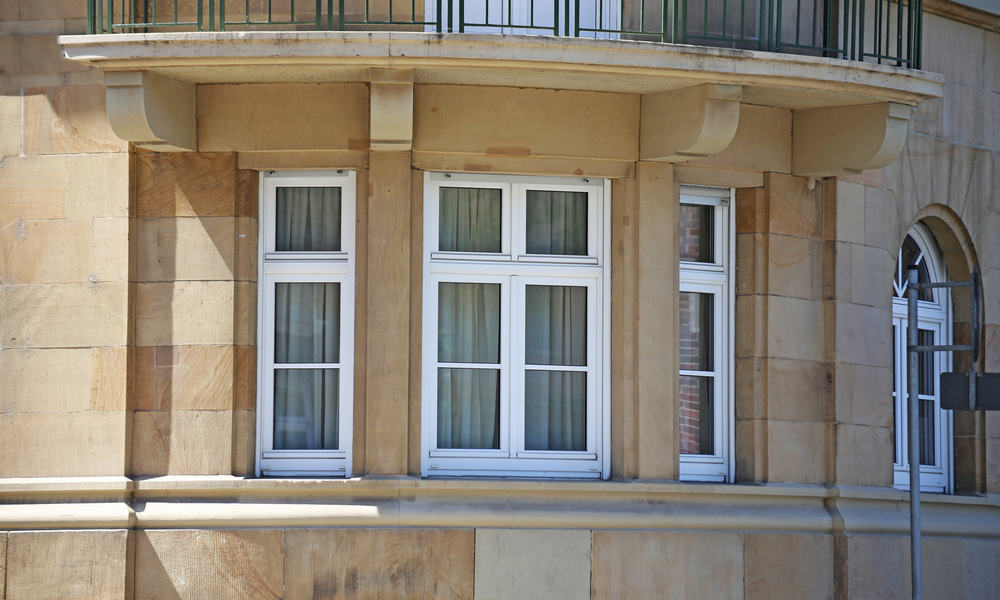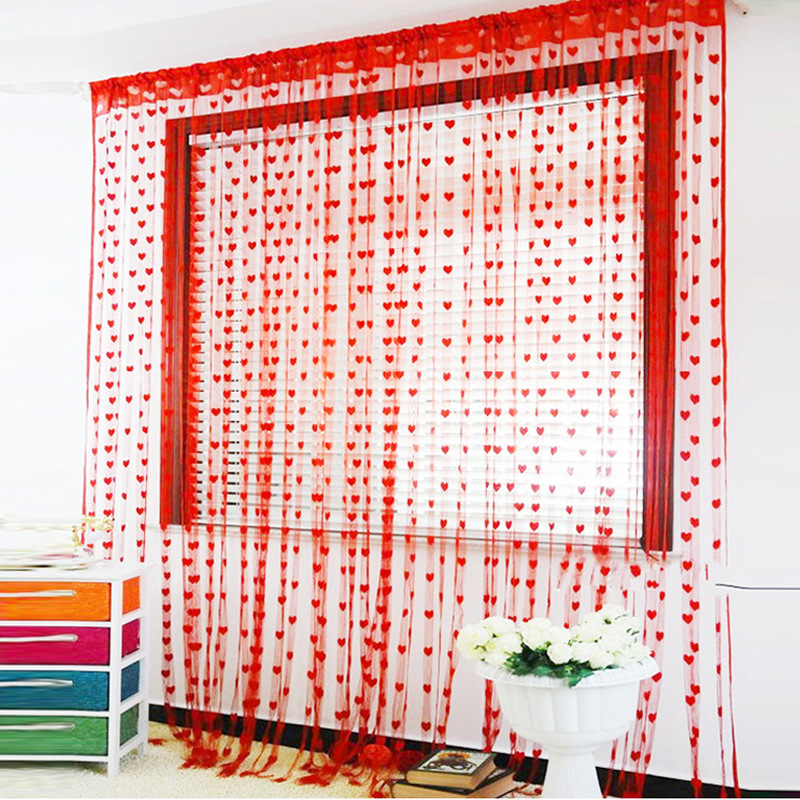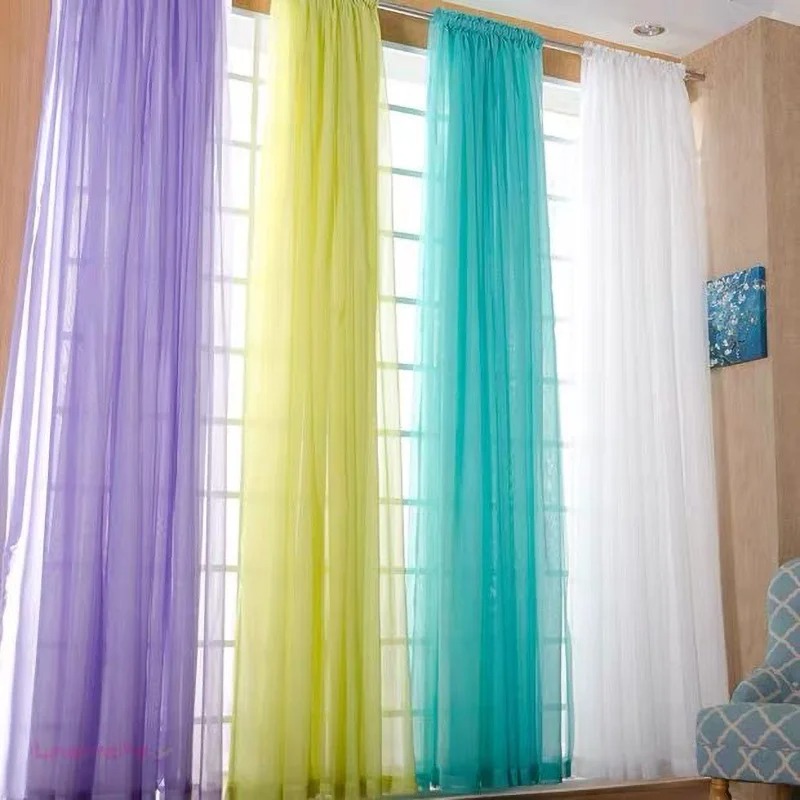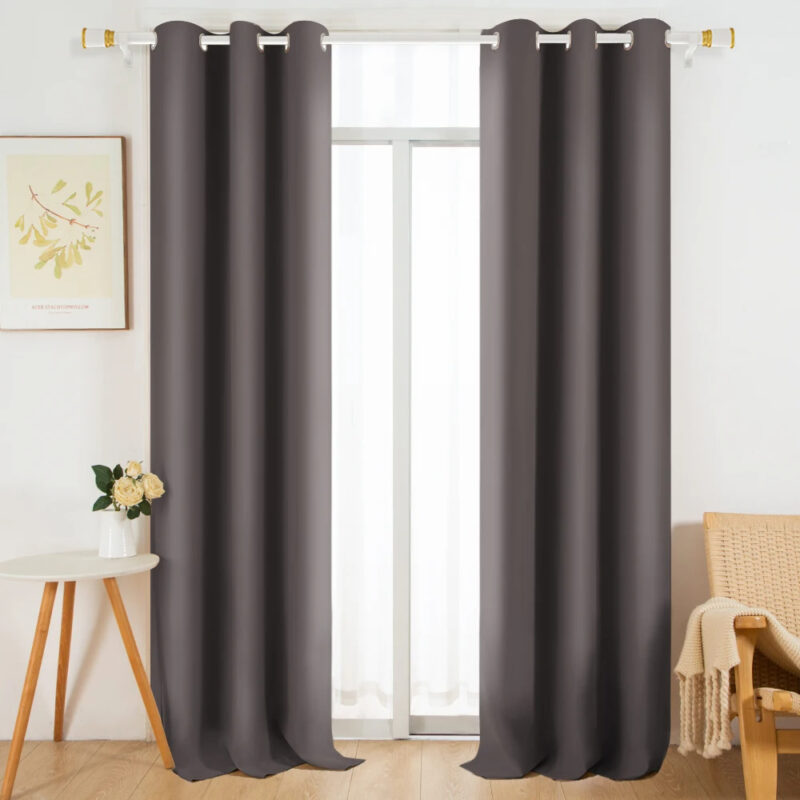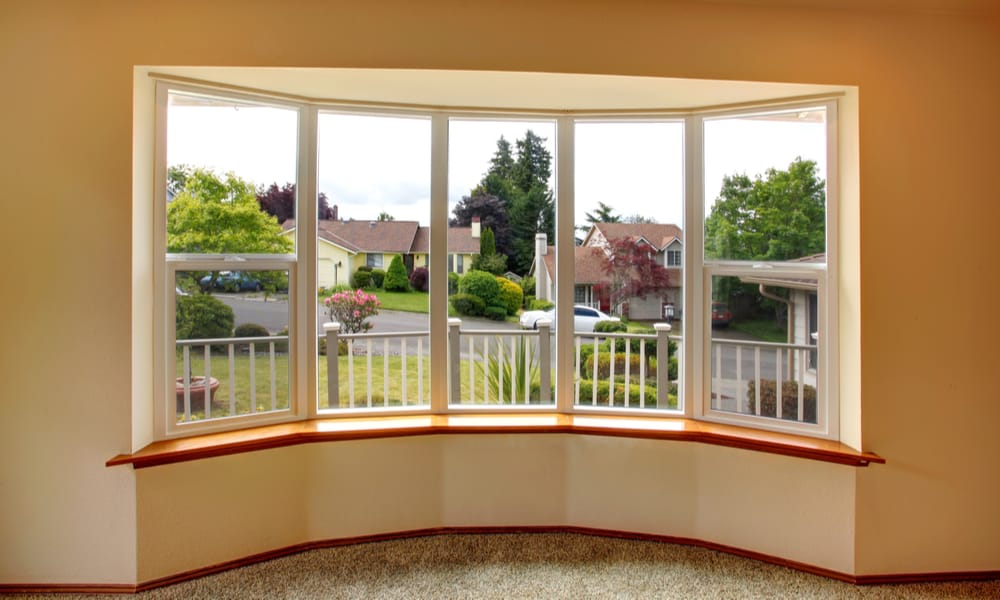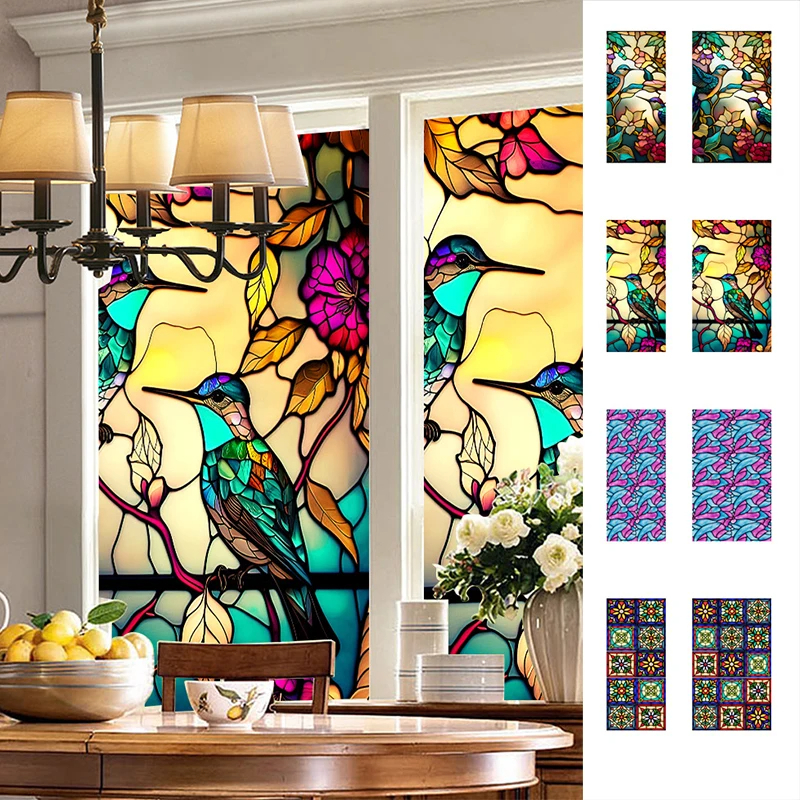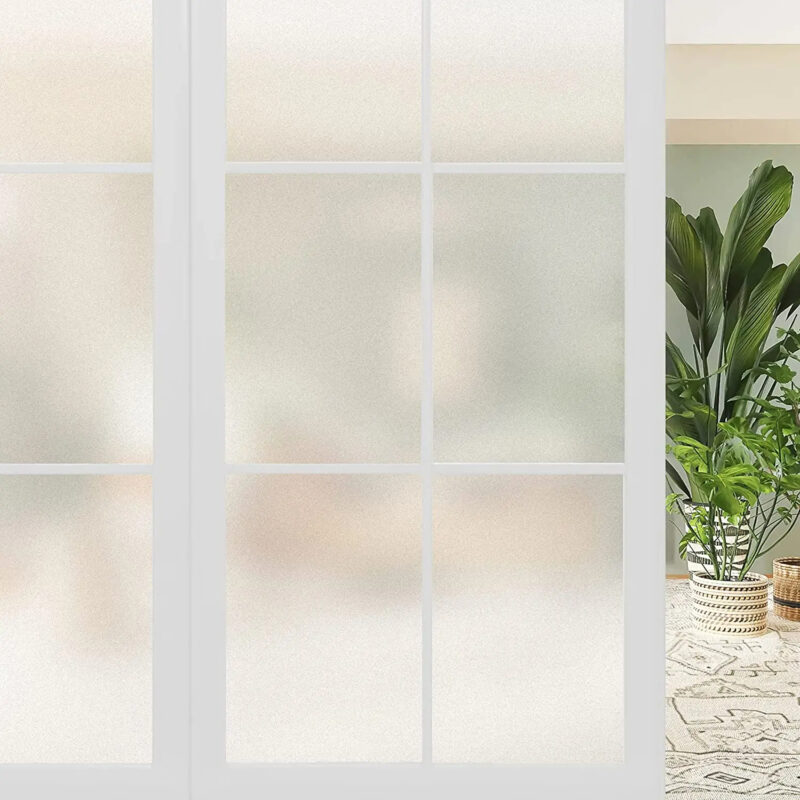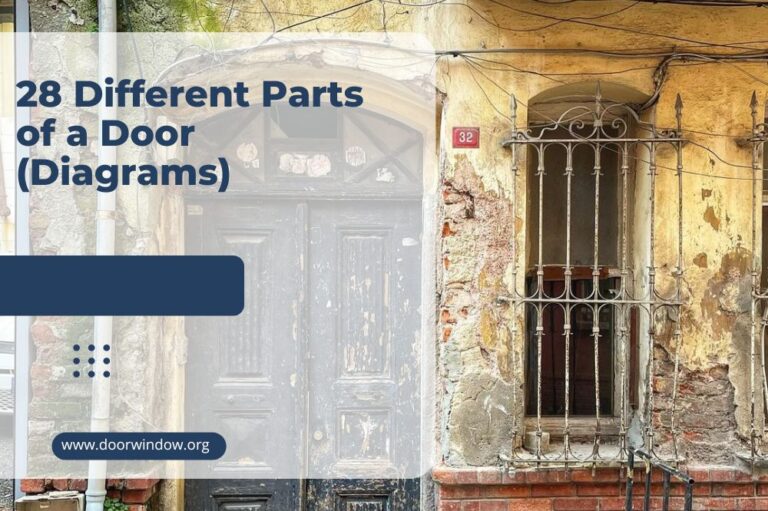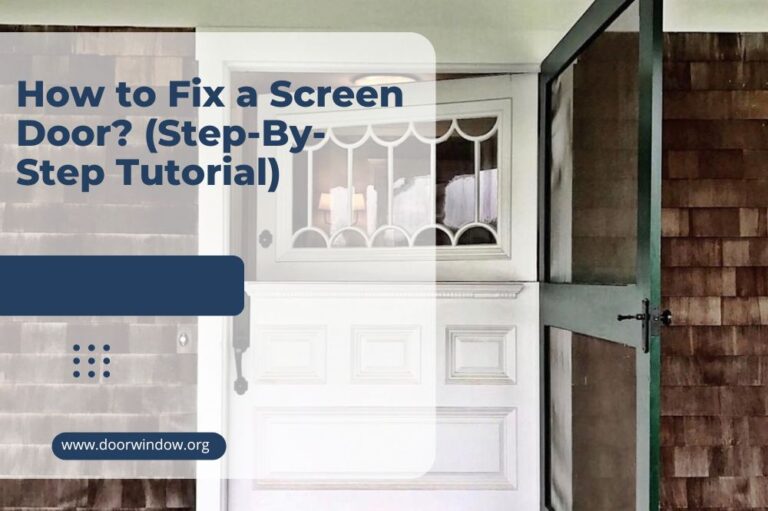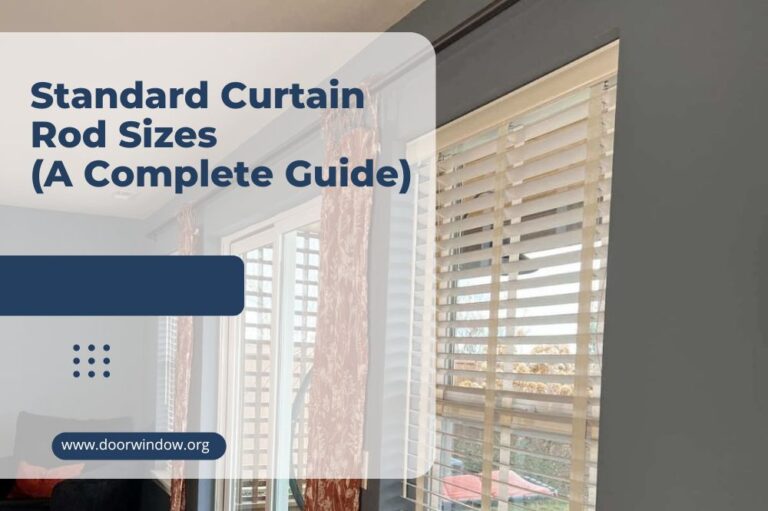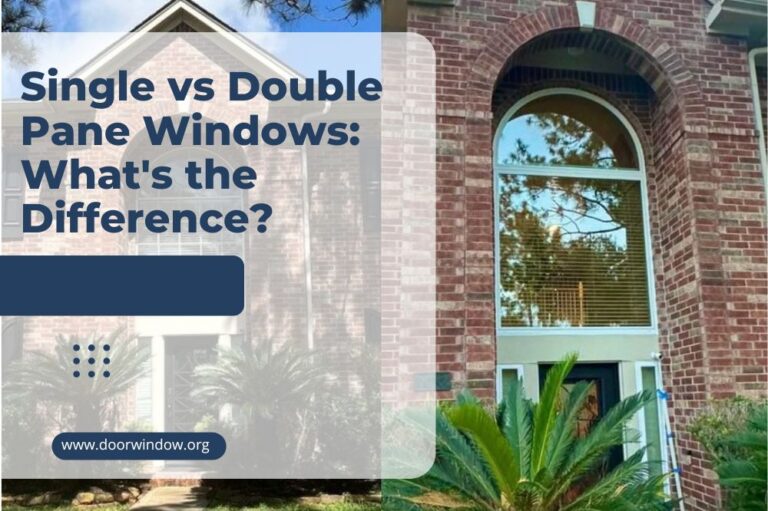Window Mullions vs. Window Muntins – What’s the Difference?

Have you ever heard about mullions and muntins? You probably know about these two parts of windows, but have never heard about the terms. Well, mullions are vertical elements that divide two or more units of the windows. Their primary purpose is rigid support to the glazing of the window, but you can use them as a decoration, as well.
On the other hand, muntins (US), the muntins or glazing bars (UK) are sash bars made of wooden or metal strips that separate and hold panes of glass in the windows. They actually divide single-hung window sashes or casements into a grid system of small window panes, called lights (lites). Let’s embark on a journey of finding out the meaning, history, and modern usage of window mullions vs. window muntins.
Definitions and Meaning
The earliest precise definition of muntins dates back to an English architectural glossary from 1850. You can see there that English joiners applied this term to both outside upright stiles and middle vertical bars of the frame.
On the other hand, according to the Oxford English Dictionary, mullions are vertical bars between two panes of glass in the windows. However, some other sources argue that they are just the pieces of wood that separate window panes. Therefore, you can’t use this term for horizontal style pieces.
Basically, the mullions represent heavy, vertical pieces between adjoining window units, which join window frames with one another. Fixed, operable windows can connect to the door through the incorporation of mullions.
Simply said, the difference between window mullions vs. window muntins is that mullions divide openings while muntins divide glasses. In fact, we can say that the muntins are specialized mullions.
Window Mullions vs. Window Muntins
There is a difference between window mullions vs. window muntins, even though both of them act as support pieces of the windows. The companies that produce windows and doors use both of these terms to represent aiding elements that divide and join glass and frames.
When the manufacturers refer to mullions, they typically think of both vertical and horizontal bars. However, the correct name of the horizontal mullions is actually the transom.
History of Usage of Window Mullions vs. Window Muntins
Both window mullions vs.window muntins originated in the Middle Ages. In those times, it wasn’t possible to create large pieces of glass without breaking them. That was the reason why muntins and mullions were a structural necessity.
You can see them in magnificent Gothic churches and Elizabethan palaces with large windows. The early builders had the habit of placing large windows in the walls, and they required a great deal of work.
Also, the outer walls of early buildings didn’t fit for carrying the weight of large windows. The purpose of muntins was to transmit the weight vertically, so installing them was an excellent solution to that major problem.
Before the arrival of cheap plate glass in the Victorian Age, the production of large sheets of glass was rare. Even though people had more significant pieces of glass, they usually used them to create mirrors, which were very expensive in those times.
The solution was to create large windows with supportive mullions to hold smaller panes of glass together. People usually used stone to create a framework of mullions and transoms.
However, each glazed panel, casement, or sash was required further subdivision by lead wires or muntins.
In such a situation, mullions reinforced the windows. They absorbed wind load from the surface of the glass and frame where the opening exhibits a natural weakness. Thus, the transfer of the wind load to the heads and sills of the structure was beneficial.
Since the glass joints were also weak in the case of large frame openings, they added some depth to distribute the wind load evenly.
Modern Usage of Window Mullions vs. Window Muntins
Contemporary window companies seldom distinguish between muntins and stiles because the customers are indifferent toward this distinction. The consequence of this is that both muntins and stiles belong under the same term.
There is even a more universal term for both of these – grilles! Some of the major companies in the window industry use this word as an ‘umbrella term’ for all stiles, grids, dividers for window panes, mullions, and muntins.
On the other side, in the United Kingdom, the manufacturers use the word ‘grille’ for the muntins placed within the insulated glass glazing unit, and not on the outside. They also call them ‘glazing bars.’ In Scotland, they use the term ‘astragals.’
Therefore, it is not unusual to mistakenly regard astragals, which fill the gap between two rods of a double door with muntins and mullions, which separate the entire window units.
Window Mullions vs. Window Muntins – What Do the Architects Say?
When you work with an architect, you can often hear him or her to say they need mullions even though they actually mean on muntins.
When modern architects and builders apply traditional designs, they usually use transoms and mullions combined with divided-light windows and doors. They use this technique when they glaze porches and large areas.
The true divide light windows incorporate narrow muntins between individual window panes. Typically, they are from 0.5 inches (1.27 cm) to 0.87 inches (2.2 cm) wide for residential windows.
There is one more option. Simulated divided-light windows are constituted of one piece of glass. In this case, the muntins are removable, and you can attach them between double glass window panes.
Also, you can add them on both exterior and interior sides of the glass or over the outer surface of the front window panes to get an excellent divided look.
In such a case, muntins are basically unnecessary parts of the windows without any function, but they do have an aesthetic purpose. Window companies often offer these so-called ‘fake mullions’ as an add-on for an extra charge.
The transfer of wind loads and the weight of the glazing and upper levels don’t apply when we talk about a curtain wall screen. Here, the mullions support the weight of the transoms, glass, and opening vents if there are any.
That means you can use them to back up the weight of glazing in a curtain wall screen from above. In this case, the mullions are tense, rather than compressed.
When it comes to wooden windows, you need to cut the outer edge of the muntin, so the pane of glass can jam in the opening. After that, strips of metal or wood are applied to position the glass. You can also cut the inner edges of wooden muntins to traditional profiles.
Nowadays, manufacturers make mullions from various materials, but the most common are wood and aluminum. In some cases, it is possible to place glass between windows to serve as a mullion.
In most cases, the muntin-divided windows don’t need the traditional window insulation kit. The reason is the usage of double or triple-layer insulated glass instead of the usual single window panes, which makes the effect of window insulation kit weaker.
You can also simulate the grid of metal, plastic, or wooden muntins. Place them between two bigger glass panels and then add another grid to the interior of the glass. That will produce a more convincing divided-light effect and will work as a window insulation kit, as well.
Bay Windows
Nowadays, the most common types of large windows are bay windows. They project outward from the main wall in a room, thus forming a kind of a ‘bay’ in it. At the same time, they are an excellent model to distinguish window mullions vs. window muntins.
If you have ever seen such a window or have it installed in your home, you can distinguish these two parts. I like these additions since both of them have an aesthetic function and provide more light to the house. Plus, these parts add support to the window panes and thus allow frames to be more damage resistant.
For example, if you have an opening of 15 feet (4.6 m), it would be tough to transport a glass unit that big to the construction site and install it without damaging it. Therefore, the best solution is to make a couple of fixed frame windows and add mullions at the intersections to connect them.
The advantage of this kind of windows is a more comfortable replacement in the case of damage. Since the individual panels are small, you only need to change the broken one, not the entire window.
The disadvantage of this option is possible troubles with bay window curtains since it is hard to find the right choice for such a complicated design.
The next challenge is how to hang these curtains. If your bay window has only three sections, you can’t use only one curtain rod but the model with three parts connected with flexible elbows.
Summary
All in all, when it comes to window construction, the mullions are necessary. On the other hand, muntins are not obligate parts of the window, but they will give your window a different dimension and make your home more sophisticated and stylish.

